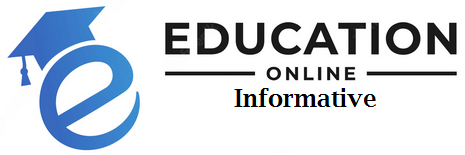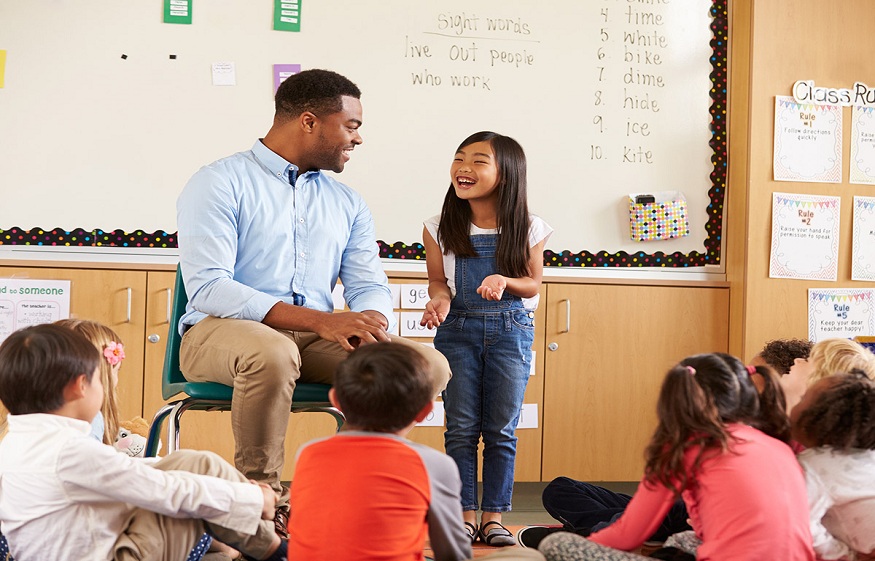Clear speaking and careful listening anchor classroom learning, not just in English but across every subject. The Australian Curriculum frames these skills as integral to creating and interacting with texts for real audiences, which means they deserve the same planning attention as reading and writing.
Why plan speaking and listening explicitly
Planned talk routines lift achievement when they blend purposeful interaction, teacher modelling and frequent opportunities to rehearse ideas. Evidence summaries report strong effects for oral language approaches, especially in the primary years, with gains that outpace many common interventions and at relatively low cost.
Rubrics that clarify expectations and guide feedback
A practical rubric converts broad goals into observable behaviours such as audibility, pace, eye contact, structure and evidence use. Research links well designed rubrics with better scoring reliability and clearer expectations for students, which supports self-monitoring and targeted feedback. That said, rubrics work best when criteria are specific, levels are described in plain language and exemplars are discussed before assessment.
When curating exemplars, aim for Australian spelling and conventions, and draw on collections that already include curriculum tags so you can adapt swiftly to local needs without trawling through broad catalogues of best teacher resources.
Short talks that build confidence
Short, frequent talks beat a single high-stakes speech. Try two to three minutes on a focused prompt, a planning frame with signposted transitions, and a peer note-catcher that feeds quick feedback. This routine keeps anxiety down while keeping practice up. Schools often publish simple performance tips that still matter in the early years of speaking, such as projecting the voice, pacing, and aligning gestures to points being made.
A tight lesson plan for teachers might include a warm-up for vocabulary, a model paragraph, a timed rehearsal, then the talk itself followed by two targeted comments tied directly to the rubric.
Debates and dialogue, not just speeches
Debate gives students a structured way to weigh claims and reasons while listening for rebuttal opportunities. Studies across different settings associate school debating with gains in critical thinking and literacy outcomes, and they point to added benefits such as teamwork and confidence.
For a more collaborative feel, some programs swap adversarial formats for ethical dialogue, where the goal is to advance shared understanding rather than “win”. This approach still builds reasoning and respectful listening, making it a useful complement to traditional formats.
If you prefer a week-by-week structure, package your motions, mini-lessons on claim-evidence-reasoning and reflection sheets into reusable teacher lesson plans so the sequence is easy to run again.
Align with the curriculum and keep progression visible
Speaking and listening progress from short recounts and collaborative interactions in the early years to sustained arguments and presentations in upper primary and secondary. Year-level achievement statements make that trajectory explicit, which helps you pitch tasks neither too hard nor too easy.
Rubrics and success criteria also reinforce the General Capabilities, including critical and creative thinking, personal and social capability and ethical understanding, since these capabilities are developed through learning area content rather than taught in isolation.
Inclusion that feels natural
Small scaffolds remove barriers without watering down challenge. Provide vocabulary banks, sentence starters and visual organisers for students who benefit from extra support, alongside optional extension moves such as counter-examples or alternative viewpoints. Keep recording options flexible, for instance audio snippets or small-group delivery before a whole-class share. These moves broaden access while preserving the core communicative aims of each task. When searching for lessons plans for kindergarten, check that materials use Australian spelling, metric references and age-appropriate task lengths.
Assessment without the heavy lift
Plan for quick evidence, not just grades. Use a single-point rubric during rehearsal, tick a few observable behaviours during delivery, and finish with a 60-second conference or audio note that names one strength and one next step. Classroom rubrics aligned to Australian Curriculum codes are widely used across states and sectors, making moderation easier when teams share samples.
Where time is tight, rotate focus areas across the class, then cycle back across the term so each student receives focused attention at least twice. For early years, anchor expectations in plain language icons and brief checklists so families can follow progress with confidence, supported by curated kindergarten teacher resources.
Practical formats you can use next week
- One-minute thesis: students state a claim on a set topic, give one reason and one example, then invite a question.
- Gallery of talks: pairs record 90-second summaries of a text or investigation; classmates leave one question and one compliment.
- Fishbowl debate: an inner circle debates while the outer circle maps claims, evidence and rebuttals, then swaps roles.
- Policy pitch: small groups propose a solution to a local issue, using three criteria agreed by the class.
To speed setup, adapt a simple template for timing, roles and feedback prompts, then archive it in your folder of kindergarten teacher resources for quick reuse.
Sourcing quality materials
Look for speaking rubrics and task cards that list curriculum codes, specify observable behaviours and include annotated samples. Australian repositories and commercial platforms often publish oral presentation rubrics with clear descriptors across achievement levels, which saves preparation time and supports consistent feedback.
For early-years teams, search collections that pair phonological awareness, vocabulary and purposeful talk with picture prompts and role-play cues, then clip them into your library of teacher lesson plans so everyone can find them in seconds.

